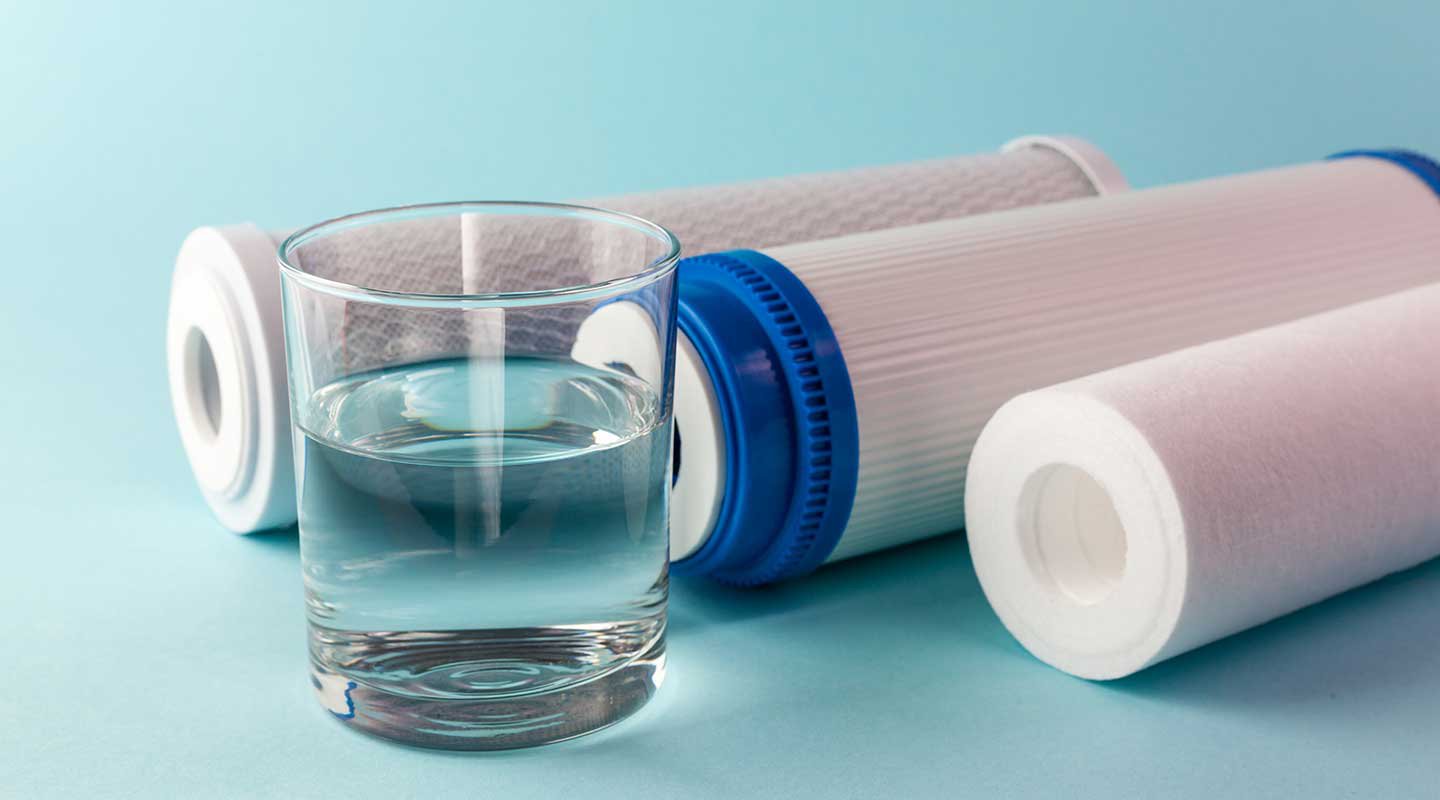What are Chloramines? And what do they have to do with Catalytic Carbon? 4 BENEFITS OF USING CATALYTIC CARBON vs. Activated Carbon in your water filter.
- It’s more effective than conventional carbons; catalytic activity promotes a variety of chemical reactions
- It has a faster chemical reaction means less carbon and smaller equipment
- Non-Impregnated carbon eliminates worries about exothermic reaction, ignition temperature and toxic disposal
- Can be recycled and reused through thermal reactivation
Most of us know chlorine from our swimming pool days. We recognize the smell and the strange effect it has on our skin and our mucous membranes when we linger longer in the pool than we should.
It’s been the disinfectant of choice in swimming pools and also our public water supplies for as long as I’ve lived and that’s a LOOONG time!
In the case of our drinking water supplies, it is being replaced by chloramine, which is a mixture of chlorine and ammonia.
Why? Well, we discovered that chlorine didn’t come alone. It had unsavoury friends.
The relatively recent discovery of a group of unsavoury and often deemed carcinogenic disinfection by-products called trihalomethanes (THMs), formed when chlorine combines with organic matter in water, are the uninvited group of friends.
That smell I talked about? It’s probably a cocktail of chloramines and trihalomethanes.
In a swimming pool, the chlorine may combine with ammonia ( from urine and sweat) to form chloramines. I remember the smell as strongest at night, after a day of kids shedding their organic waste in the pool (Ugh!) So their sweat and urine had combined to form trihalomethanes. Chlorine + Organic matter.
Of course, once this became common knowledge, it had to be addressed.
But How?
Trihalomethanes are listed contaminants with the EPA. That means there is a measure for rendering them harmless. The level of THM’s had to be reduced, and so the general theory was that municipalities needed to reduce chlorine levels.
Less Chlorine = Less THM’s.
But.. the water still had to be disinfected. And that’s where Chloramine came in. Because you mix chlorine with ammonia, you use less chlorine. You let the ammonia take up the disinfection load caused by less chlorine.
Chloramines are now added to water as an alternative to chlorine. They inhibit the formation of carcinogenic trihalomethanes (THMs) caused by the interaction of chlorine with organic plant materials.
And Voila! Less THM’s, right?
Of course, in all this activity, little thought was given to the thousands upon thousands of people who prefer to have no chlorine in the water they drink. And all of those people suddenly (usually unbeknown to them..) were getting chloramine in their water. Normal silver activated silver is just too slow. The input water has passed through the filter before it has time to remove the chloramines.
And did any civic authority warn them? Hell no!
It took private enterprise, with profit as a motive, to take the risk to research and develop a better carbon. Catalytic carbon. Unlike activated carbon in millions of home water filters, it has the ability to completely remove chloramines requiring a significantly lower contact time.
Catalytic Carbon: Just What is it?
It’s still coconut shell carbon – the highest grade. But its surface has been modified in a new process that causes the ionic structure of the carbon to be altered in such a way as to massively enhanced catalytic capability.
So: Net Outcome?
No disinfection ability loss. Catalytic carbon adsorbs contaminants just like the old carbon – but it also grants us greater ability to ’add on’ beneficial chemical reactions. That’s why we call it catalytic carbon. It catalyses beneficial functions – and the most important one today is to reduce chloramines.
How does this help?
Well, activated carbon converts the chlorine in the chloramine to chloride. That leaves behind ammonia. And this is where the catalytic part happens. CC has the ability to retain oxygen – which enables the ammonia to be oxidised – burnt up.
We began with Chlorine and Trihalomethanes.
We added ammonia, and we burnt up the ammonia after we used it.
Due to the low molecular weight, chloramines, particularly monochloramines are extremely hard to remove from water by reverse osmosis (RO) or water softening. Boiling and distillation cannot be used either.
To improve the taste and odour and to remove the inherently toxic chloramines, adsorption by catalytic activated carbon has earned its place as one of the most effective processes.
Why Would You Want to Remove Chloramines?
And What About the Fish?
The Bottom Line Reason
Chloramines are a risk for hemodialysis patients – and fish. This is due to their ability to easily enter the bloodstream through dialysis membranes – and the gills of fish.
In your bloodstream, chloramines denature haemoglobin, causing haemolytic anemia – a disorder in which red blood cells are destroyed faster than they can be made. If you are drinking as little as .5ppm, you are in the red zone.
Even so, chloramines are not officially regarded as a drinking water health concern generally, and yes, their removal improves the taste and odor of drinking water. No surprise there. The same authorities also don’t think chlorine, or fluoride are a problem.
As with many government mandates health decisions, we are often lucky (or unlucky) enough to even hear about them and have the chance to make a personal evaluation.
But there are signs some involved parties are aware of the problem. For instance, soft drink manufacturers often want the chloramines removed prior to adding other substances to the purified water. Are they only interested in its taste, or are they being careful, aware of possible future litigation?
Hospitals are also showing an interest in removing chloramines from their water supplies, and reverting to the alternative – chlorination.
NOW do you understand why the UltraStream uses the best NSF approved catalytic carbon?
(..and NSF approved KDF, the world’s best media for reducing heavy metals?)

